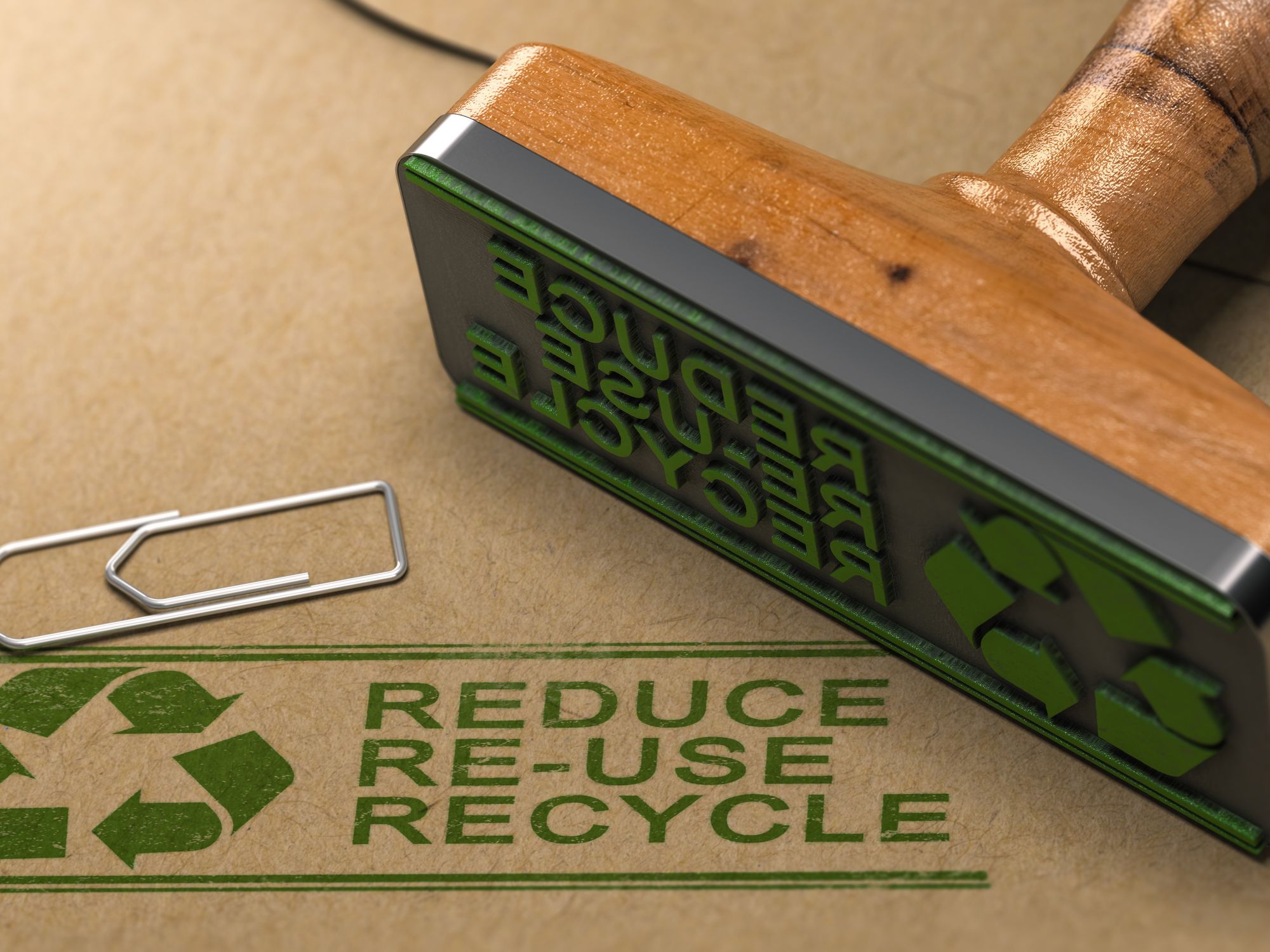Developing a waste minimization plan

- Suggested elements of a written waste minimization plan include, but are not limited to, policy statement, goals, framework for setting up and evaluating the program, and provisions for communication.
- When getting started with a waste minimization plan, identify all waste streams and characterize the waste.
When preparing a waste minimization plan, be sure to refer to state hazardous waste regulations in addition to the federal regulations. The Environmental Protection Agency (EPA) does not specify the criteria a waste minimization plan must meet or information the plan must include; however, many states have developed detailed guidelines for preparing waste minimization plans. Suggested elements of a written waste minimization plan include, but are not limited to:
- Policy statement
- Goals
- Framework for setting up and evaluating the program
- Provisions for communication
Before developing a waste minimization program, a company may wish to contact the regional EPA office or the state hazardous waste program office for additional assistance.
Getting started
EPA offers the following tips for getting started with the waste minimization plan:
- Identify all waste streams and characterize the waste.
- Evaluate all waste for possible reduction. Determine how the company can reduce each waste, evaluate purchasing policies, and determine what the company can reuse.
- Identify potential production changes that would improve efficiency, including process, equipment, piping, and layout changes.
- Investigate opportunities for new products or ingredients that prevent waste generation.
- Identify resources that will help conduct a waste reduction assessment at the business. Trade associations and state and local regulatory agencies might be able to provide technical assistance, and the equipment vendor might have suggestions to reduce waste. Also, consider hiring a consultant who specializes in identifying potential waste prevention measures.
3. Set priorities and goals
- Set attainable goals, such as reducing office paper waste by 25 percent or reducing waste hauling and disposal costs by $5,000 annually.
- Prioritize waste prevention opportunities by considering cost, ease of implementation, payback, and other benefits, such as increased employee safety.
- Try focusing on a few opportunities that are easy to implement, have low capital investment, save money, and reduce large volumes of waste.
4. Put it into practice
- Teach employees how to prevent waste. Describe waste prevention policies and goals and provide training to employees who must change how they handle materials.
- Promote waste prevention activities. Hold a kickoff event to describe goals and highlight the benefits for the business. Use posters or signs to get the word out to employees and place the signs in areas where waste prevention activities should happen.
- Encourage employee involvement by offering incentives. Prizes or awards can be given for the best ideas or those that result in the most savings. A portion of the savings can also be given to employees or their departments.
5. Monitor and evaluate the plan
To determine whether the waste prevention efforts are successful, from both an environmental and economic standpoint, evaluate progress. Suggestions for evaluating waste prevention efforts include:
- Monitor process and waste production changes. Track things such as the volume of waste produced, how often it is hauled away, and reductions in energy use and the amount of raw materials used.
- Calculate the savings. Look at savings in handling, treating, and disposal costs as well as savings from reduced raw material and energy use.
- Look at the indirect benefits. Try to gauge the value of less obvious benefits such as improved public image, reaching new markets, improving or expanding production processes, employee morale and safety, and other advantages.
- Reevaluate efforts on a regular basis. As new raw materials and processes are introduced, waste streams change. Conduct regular assessments of the business to identify additional waste prevention opportunities.
